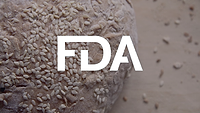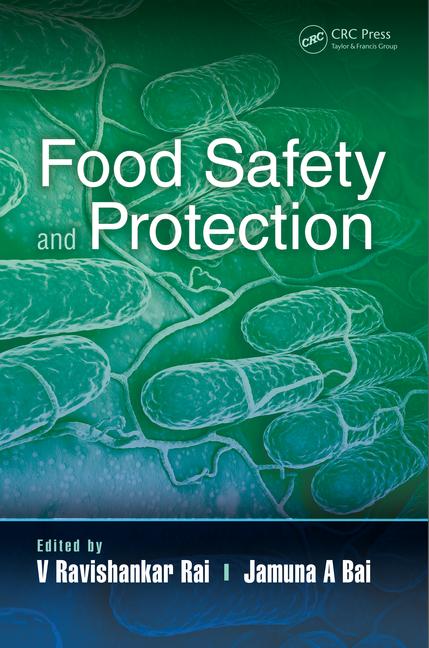Allergen Bureau Launches Assessing Agricultural Cross-Contact Guide for Industry

Credit: The Allergen Bureau
The Allergen Bureau has launched its new “Assessing Agricultural Cross-Contact 2022” guide, which aims to assist agrifood businesses in mitigating allergen cross-contamination. In addition to the guide, the Allergen Bureau’s Sampling and Testing working group has developed a questionnaire that industry can use to determine the level of risk that may be associated with raw materials, as well as learn how the development of sampling plans can be guided by risk and how facilities can discern the presence and prevalence of allergen cross-contact.
Identifying the allergens present in foods and ingredients can be complex, requiring consultation with suppliers and obtaining detailed raw material specifications. By ensuring that all allergens, including those that are unexpected, are identified and included in the product risk assessment, industry can meet regulatory requirements, mitigate the risk of allergen recalls and withdrawals, and provide important information to consumers with food allergies.
The guide, in conjunction with the raw material risk matrix questionnaire, enables businesses to identify risks and take action. The risk rating can be used to inform sampling approaches for verification activities to understand the presence and prevalence of cross-contact. The new resource can also help the VITAL® (Voluntary Incidental Trace Allergen Labeling Program) risk assessment process.
Relevant to all areas of the food industry, the new guide will be a useful tool for growers, primary producers, food ingredient manufacturers, importers, suppliers, food business operators (FBOs), and importers of packaged foods. The Allergen Bureau also thanks the FBOs—including processors, manufacturers, traders, and analysts—who shared their feedback in the development of the resource. FBOs who wish to suggest the addition of a food are invited to contact the Allergen Bureau.
The Allergen Bureau believes that the ability for industry to work together in a pre-competitive space is vital to innovation and problem-solving, and points to the development of its new guide as an example of pre-competitive collaboration in practice. The development of the guide took place over a period of nearly four years, and was created “by industry, for industry.”
Looking for a reprint of this article?
From high-res PDFs to custom plaques, order your copy today!








